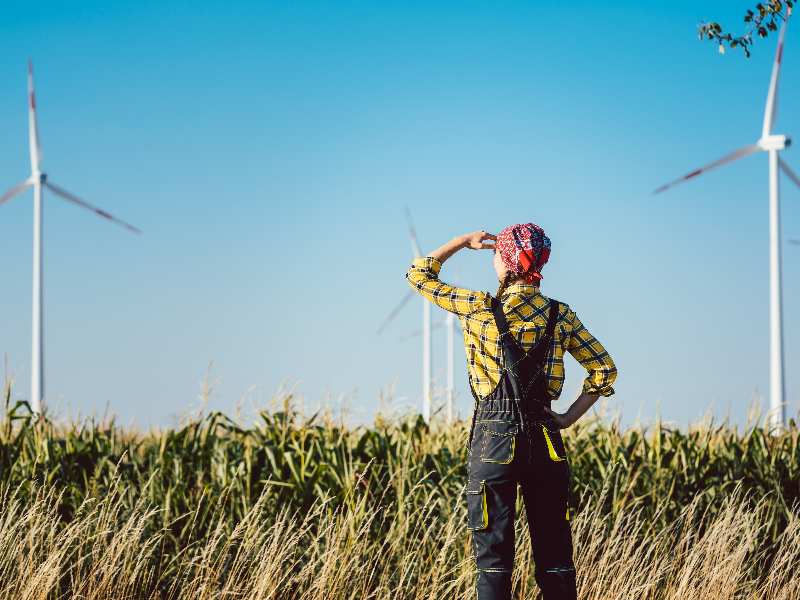The ‘just energy transition’ is taking centre stage in what is the most radical global transformation of the energy system since its initiation almost a century and a half ago.
While the technology and infrastructure has continually evolved and power delivery become more reliable, most of us continue to receive power at the end of long line from a distant generating station. But that is fast changing with the move away from coal burning to clean and renewable alternatives such as the wind and sun in the drive to limit and lower carbon emissions into the atmosphere. While utility delivered power will continue to be a major component of the system of the future, so too will locally generated power, whether from a rooftop or a nearby small community facility.
At the same time, other sectors traditionally dependent on fossil fuels such as transport and industry also are having to move towards lower emission alternatives, principally with electrification with renewables, while hydrogen – blue and turquoise in the short term, green in the longer – is widely considered as a replacement for gas. Such a transition from a ‘centralised’ to ‘decentralised’ model has been gathering momentum slowly for years with the growing awareness of sustainability. But it has been accelerated with the Paris Agreement with emissions reduction commitments from countries around the world for what is ultimately a global issue. Despite the momentum gathered, an energy transition such as this takes time due to the many changes needed across such a widespread infrastructure or in many developing countries […]
Click here to view original web page at www.enlit.world
Image: kzenon © 123RF.com
